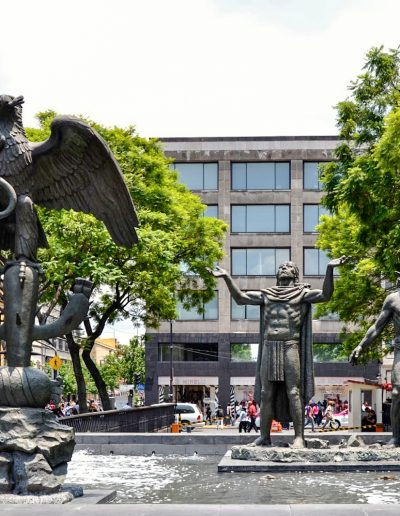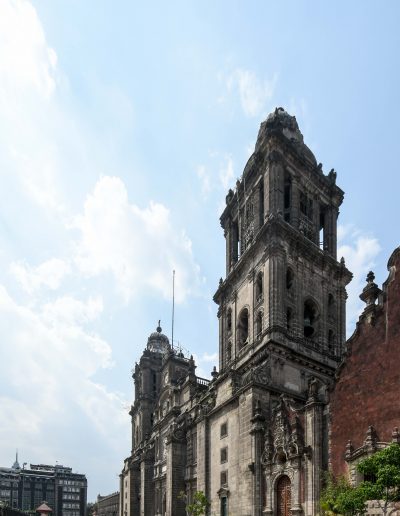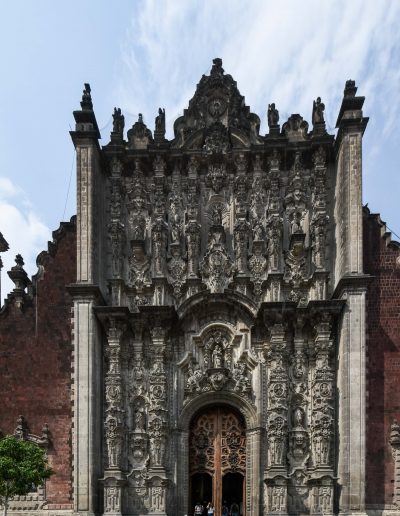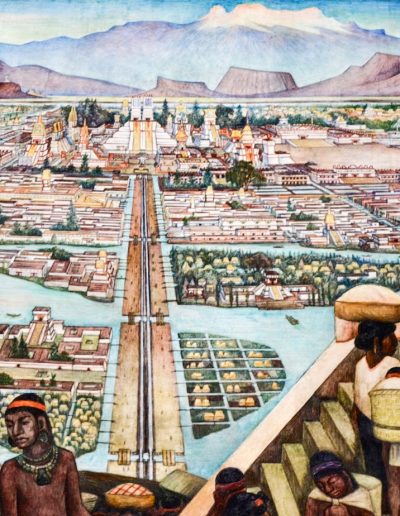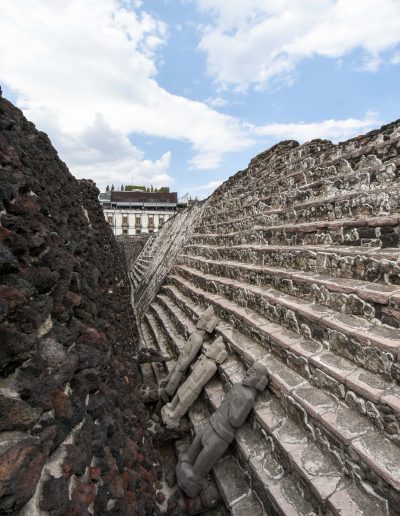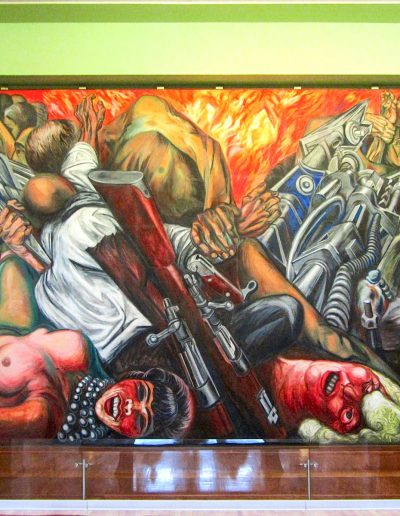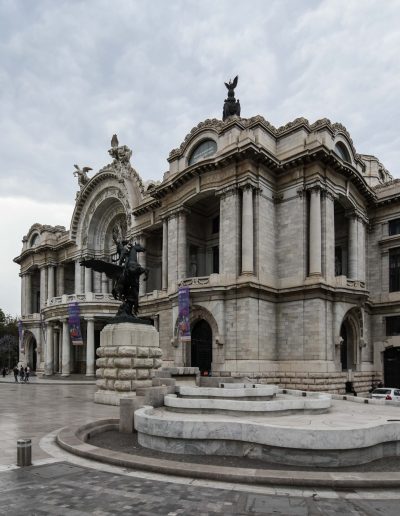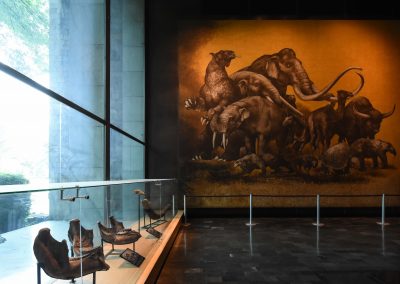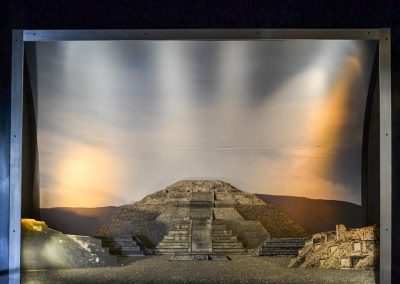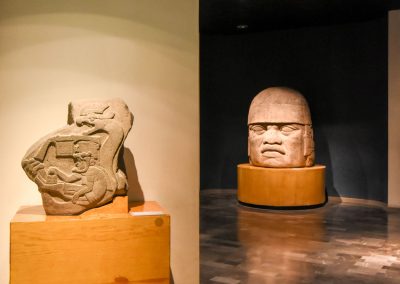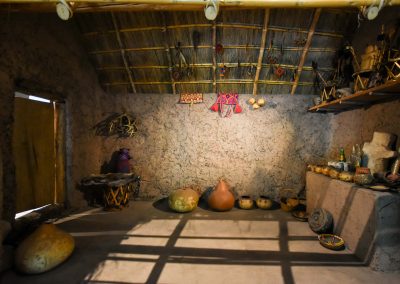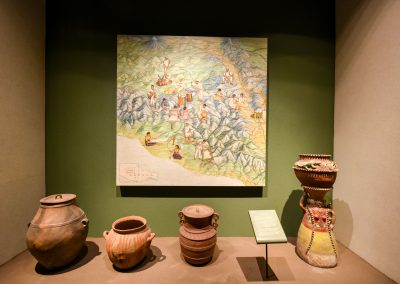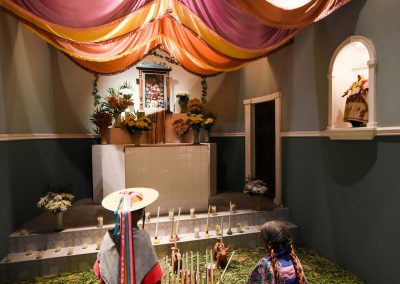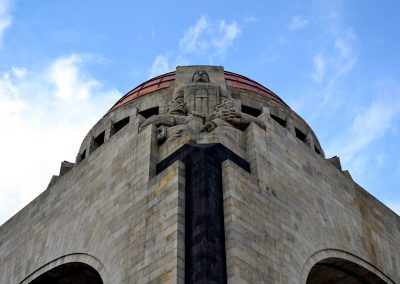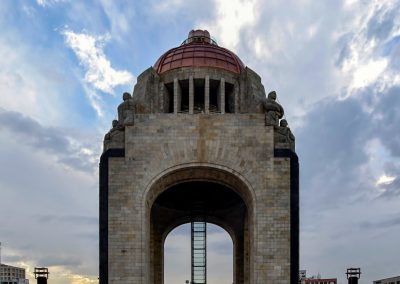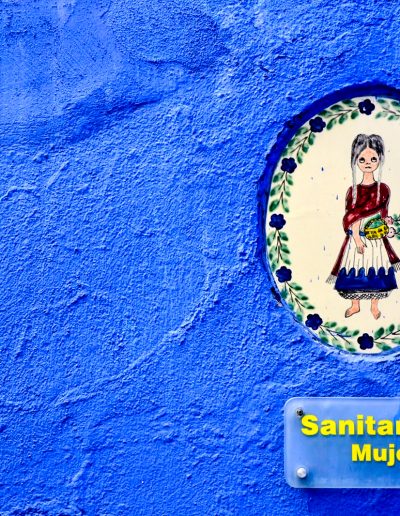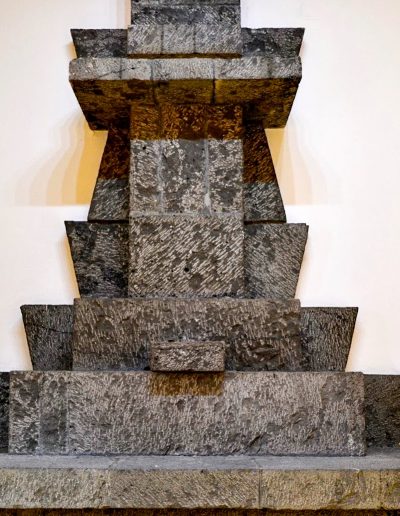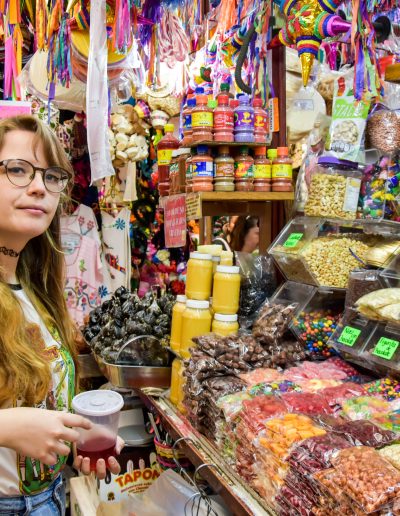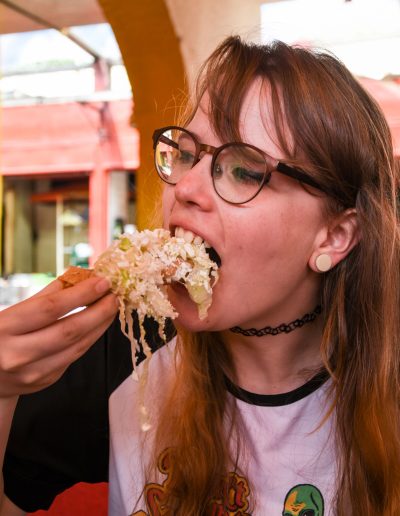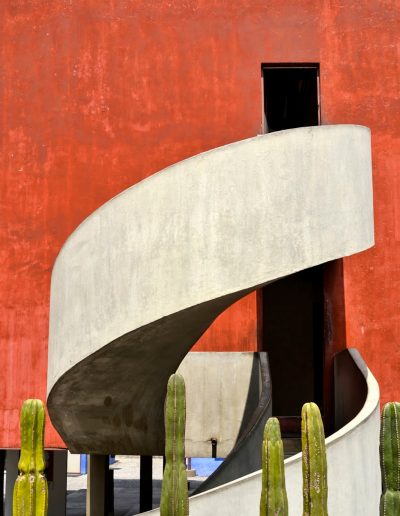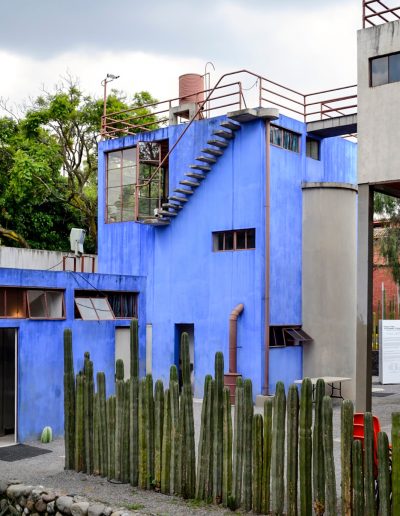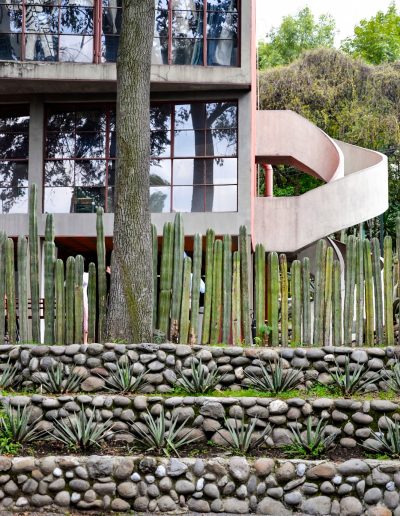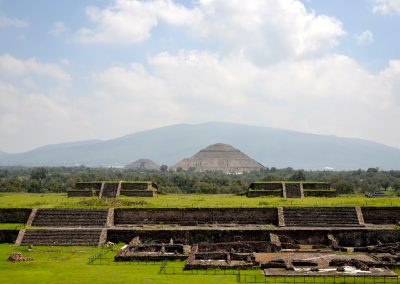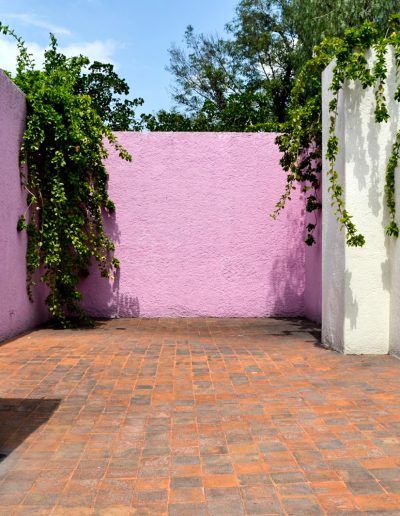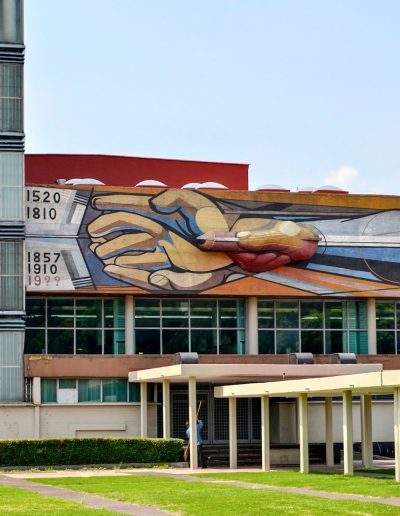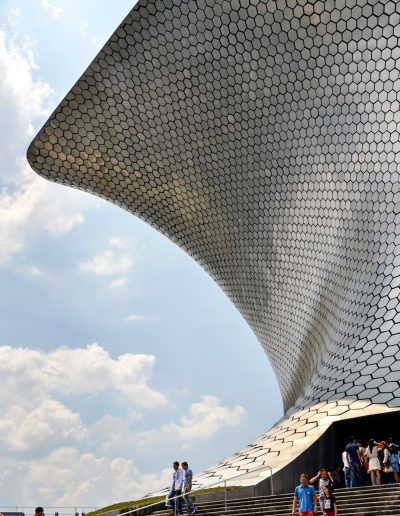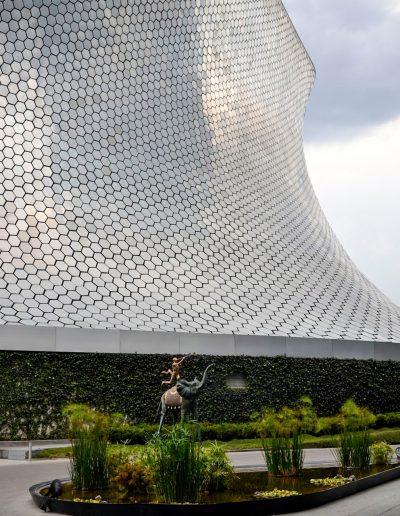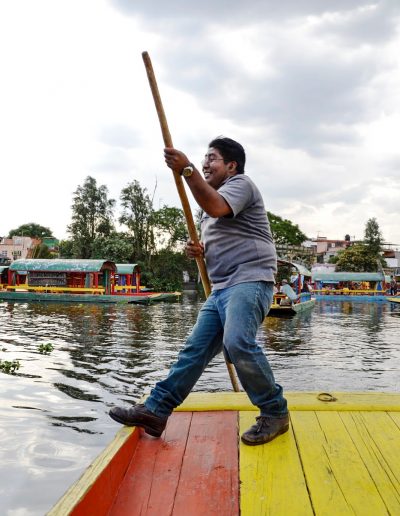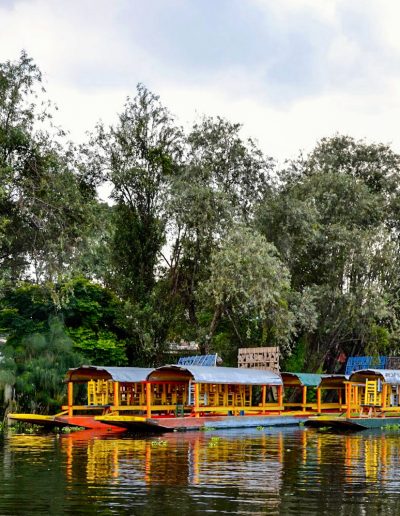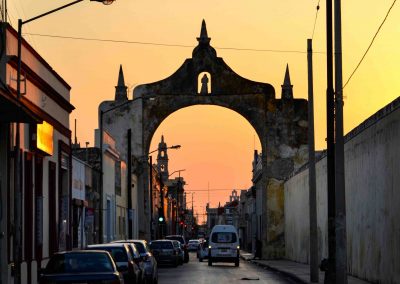Mexico City, capital of the country that was named after the tribe that lived here, the Aztecs, who called themselves Mexicas. Mexico City, the third largest city in the world, with more than 20 million inhabitants. Mexico City, land of chilangos, city of contrasts, city of culture.
I have been to Mexico City many times, whether visiting or passing by, so today I decided to compile here what is most important to see in the old Districto Federal. It is heard that Mexico City is a dangerous city, the truth is that I never felt threatened. Obviously, there are safer colonies, such as Polanco, Condesa or Roma, and there are less advisable areas, such as the north of the city or its surroundings, already entering the State of Mexico. You should avoid the metro at rush hour and opt for Ubers or “taxis seguros” whenever possible. So let’s start:
Day 1
Let us start at the Zócalo, the main square in Mexico City, where we find the National Palace, where every 16th of September the cry of Independence uttered by the president is heard, the Metropolitan Cathedral, the largest in the American continent, and the largest Mexican flag you’ll ever see! The visit to the cathedral is free and has a beautiful choir, which can be visited on certain days of the week.
The National Palace, home of the Mexican Government and official residence of the President, is also free to visit, via Moneda Street, and includes beautiful murals by Diego Rivera that depict the history of Mexico, from pre-Columbian cultures, the Spanish conquest, the Porfirio Díaz’s dictatorship, the war against the US, the French invasions, the inquisition, the Mexican revolution, etc. It is also possible to see some of the rooms where the Mexican government and the president work.
Next to it we find the Templo Mayor, remnants of the great city of Tenochtitlan, which the Spaniards conquered from the Mexicas, a city built in the middle of Lake Texcoco. Most of the buildings in the pre-Columbian city were destroyed and their stones were used to build colonial-style houses and churches, so this temple is one of the few places we can see from this period in history. It also includes a museum with several pieces collected from all over the city and the entrance costs 80$MX, does not open on Mondays.
On Avenida Francisco I. Madero, pedestrian and full of restaurant and shops, we find Casa de los Azulejos, beautiful inside and out, and the Torre Latinoamericana, which has a panoramic floor at the top (never went up, costs 130$MX) . At the end of the street we find the Palace of Fine Arts, a beautiful building that houses a theater, a restaurant, numerous smaller rooms for concerts or exhibitions and the most beautiful murals painted by Diego Rivera, Jorge González Camarena, José Clemente Orozco among others. There are guided tours (check the website) and it is the only way to see the murals up close.
In the center you will find many other museums (Mural Museum Diego Rivera, Tequila and Mezcal Museum, Popular Art Museum, Mexico City Museum……), what I present above is the inevitable, if you have more time, set out to discover!
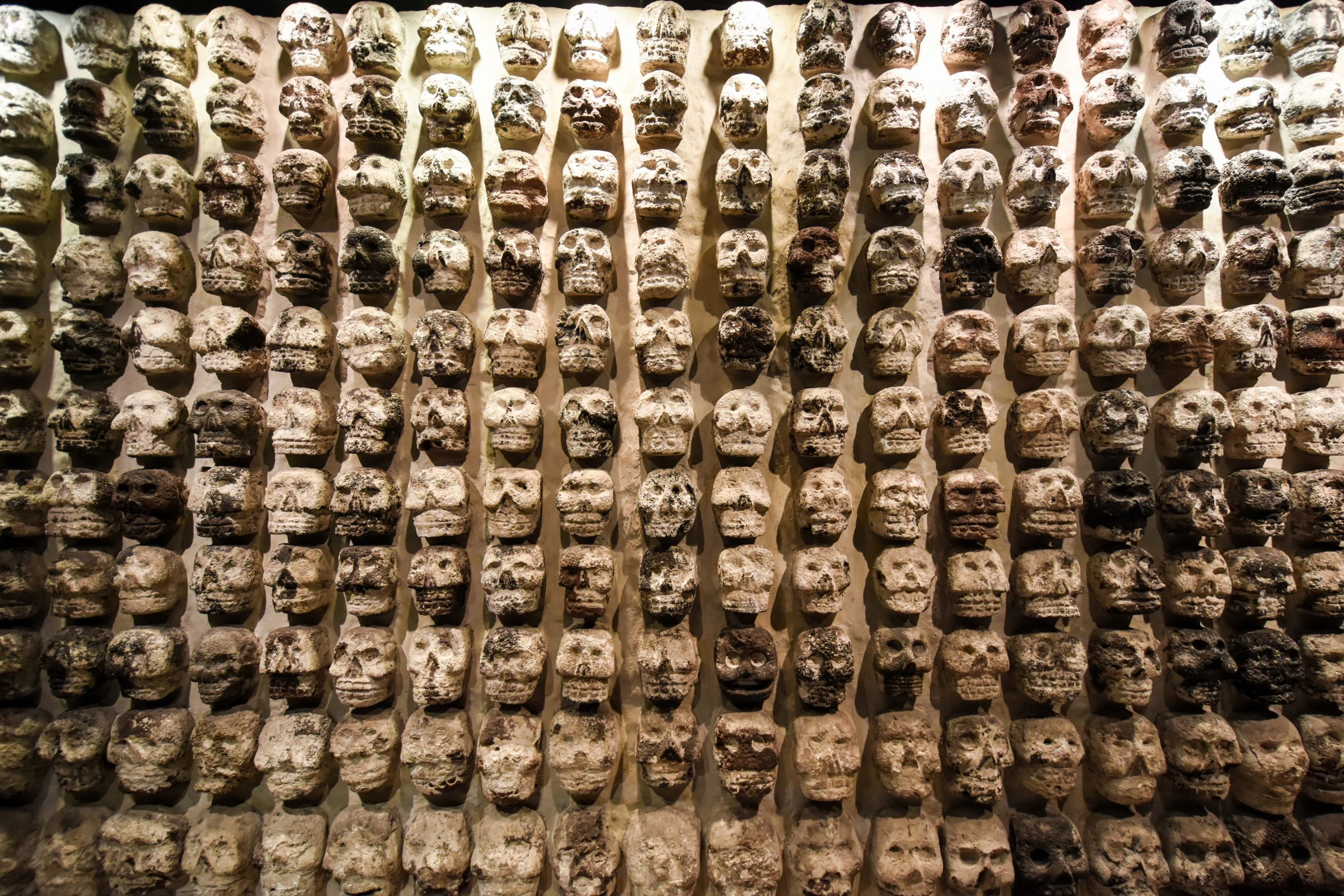
Day 2
Start the day at the National Museum of Anthropology, considered one of the best museums in the world. The museum tells the history of Mexico through the people who inhabited it, from prehistory to the various pre-Columbian civilizations – Maya, Toltec, Aztec, Zapotec, etc. (lower floor), to the current cultures that are still found throughout the country, with their traditions, dances, festivities and costumes (upper floor). The museum is huge, so it is impossible to see it all at once. The first time I went, in 2015, I saw the bottom floor in 5 hours, this time, 2020, the top floor in 3 hours.
The museum is in the Chapultepec Forest, the lung of the city. It is always worth taking a walk through this great park. Right in front of the Anthropology Museum are the Papantla Flyers, a tradition that dates back to the middle pre-classic Mesoamerican period and which is associated with the fall of rain and the consequent fertility of the land. Four “flyers” descend a pole of 30 meters, tied by the waist and upside down, while a fifth is at the top playing the flute and drum (this time there were only four, so one of the flyers came to play the drum and the flute while coming down). Since 2009 it is an UNESCO Intangible Cultural Heritage. The Forest is also home to the Chapultepec Castle, which houses the National History Museum, the Contemporary Art Museum Rufino Tamayo, the Modern Art Museum, Los Pinos Cultural Center, the former official residence of the Presidency, which has been transformed into a museum since the current president, André Manuel Lopes Obrador, decided to return to the National Palace, and the Zoo, which stands out for its panda bear and the butterfly garden. You could spend a whole day in this forest!
On the east side of the Forest is the famous Av. Paseo de la Reforma, an area of offices and tall buildings, with several roundabouts along the avenue with famous sculptures such as the Angel of Independence, the Diana Fountain or the Monument to Cuauhtémoc. Further on, in Plaza de la República, we find the Revolution Monument, with a panoramic view at the top (entrance 34$MX) and which also includes a small museum about the Mexican Revolution.

Day 3
This day will be spent in Coyoacan, a colony in the south of the city where there are several museums referring to the life of Frida Kahlo and Diego Rivera. The most famous is the Casa Azul, where Frida was born, lived and died. Here she also gave asylum to Trotsky and his wife and lived with Diego Rivera, after they got married. In the house you can see her mortuary mask, the mirror they installed in the canopy of her bed so that she could paint herself while recovering from the accident she suffered at the age of 18 and that left her disabled for the rest of her life and some of her paintings. It also has a beautiful garden and an exhibition on her clothes, a movement for the typical Mexican costumes that Frida defended. This is one of the most expensive attractions in the city, 250-270$MX entrance fee, depending on whether it is a weekday or weekend, plus 30$MX to take pictures. There are discounts for nationals, closed on Mondays. The ticket also includes admission to the Diego Rivera – Anahuacalli Museum, also in Coyoacan, a collection that Diego wanted to leave to the Mexican people of pre-Hispanic figures and whose volcanic stone building was built precisely for this purpose, as an inhabited artistic work.
The Coyoacan neighborhood is also worth visiting, from its fountain with two coyotes in front of the church of São João Baptista to the Coyoacan Market, where you can eat, buy piñatas and souvenirs, spices, fruit, tortillas, meat, fish or clothes.
After having lunch at the market, we continue on to the Diego Rivera and Frida Kahlo House Studio Museum, in San Angel neighborhood (approximately 4 km from the market, a pleasant one hour walk or a 10min taxi ride). This was where the couple worked, each had their own studio in separate buildings, connected by a bridge. The houses were designed by the architect Juan O’Gorman, who built his own house on the next lot, exclusively for work, but after Frida’s death, Diego installed a bed in his studio and started to live there. Entrance costs 35$MX, except on Sunday which is free, plus 30$MX to take pictures. Closed on Mondays.

Day 4
How about we leave Mexico City for a few hours and go to the ruins of Teotihuacan? My previous post was precisely about this pre-Columbian city about an hour from the capital (bus 8 from Terminal del Norte, 100$MX roundtrip). I recommend that you go with time, bring a hat, water and sunscreen and good shoes for walking because the entire length of the archaeological complex is over 2 km, along Avenida de los Muertos. Climb every pyramid you can and if you have the opportunity, hire one of the guides at the door. Open every day of the year, entry 80$MX.
On the way back, you can go to La Polar and order tacos de birria, the best of its kind in town! If you’re lucky there will be mariachi playing! Or El Vilsito for the best tacos al pastor!

Day 5
An architectural morning! There are several exceptional options in Mexico City, the first being Luís Barragan House Studio, the only building in Latin America that has been declared a UNESCO World Heritage Site, who wrote that this is a masterpiece within the development of the modern movement, which integrates in a new synthesis traditional and vernacular elements, as well as several philosophical and artistic currents of all times. The house is preserved as the author lived it until his death in 1988. The visit to the house is guided (consult the website for timetables) and costs 400$MX. Special permission is required to take photographs inside the house, I did not have it, so the photographs of the interior are from this website.
Another option is the building of the Central Library and the Rectory of UNAM – National Autonomous University of Mexico (not far from Casa Estúdio Frida Kahlo and Diego Rivera, if you can still go there after the day dedicated to this couple). The building of the Library is also designed by Juan O’Gorman, with the help of architects Gustavo Saavedra and Juan Martínez de Velasco and was built in 1950. The first architect had the idea of making a stone mosaic for the blind facades of the building collection. To do this, he had to travel all over the Mexican republic to find stones of the most different colors, since it was not an option to paint stones, as this would not withstand time and weather. This mosaic is what brings us to UNAM!
The third alternative to the morning dedicated to architecture is the Soumaya museum, in the Polanco neighborhood, designed by the architect Fernando Romero and part of the Carlos Slim Foundation (the richest man in Mexico). The building houses various works of art from many artistic periods and culminates in a room with a large skylight where we find several sculptures by Salvador Dalí, among other artists. Free entrance.
In the afternoon we must go to Xochimilco, the best place in the city to understand that 500 years ago, all this was water! We can rent a trajinera, the local boats, all decorated, and take a stroll through the canals. In other smaller boats we find people selling food and drinks, handicrafts, mariachi singing, everything. There are several islands where we find mostly agriculture and another very peculiar and somewhat creepy, full of dolls, the Isla de las Muñecas. The price of the boats, per hour, is approximately 500$MX (may have changed with time), the price is fixed, so don’t get fooled!
Taking advantage of having gone so far south, you can visit the Dolores Olmedo Museum. I have never visited it but I heard that it is very worth, not only for the collection that includes works mainly by Diego Rivera and Frida Kahlo but also 600 pre-Hispanic pieces from the most varied Mesoamerican cultures, as well as the xoloitzuintles dogs, a breed without fur that goes back to the Aztecs, who stroll around the museum garden.

If you liked this post and want to read more about my trips to Mexico, you can visit the following posts:


